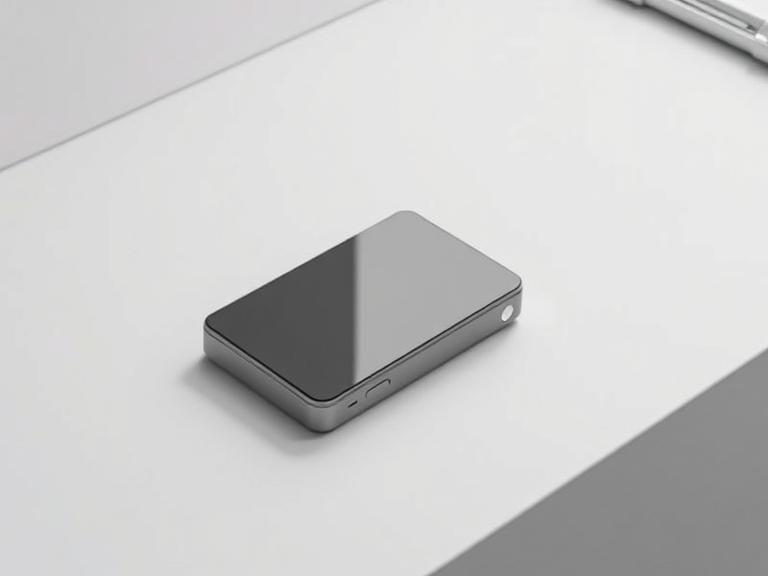Your basket is currently empty!

In recent years, minimalism has become the dominant trend in gadget design. From smartphones and laptops to smartwatches and wireless earbuds, modern gadgets are sleeker, cleaner, and more streamlined than ever before. But why does minimalism rule the world of tech?
One reason is aesthetic appeal. Minimalist gadgets look elegant and timeless. Smooth lines, simple shapes, and a lack of unnecessary buttons or distractions create a sense of calm and order. This design philosophy aligns with the “less is more” mindset that appeals to consumers overwhelmed by information and clutter.
Functionally, minimalism often leads to better user experience (UX). Simplified interfaces and intuitive layouts reduce learning curves. Fewer buttons mean less confusion, and touchscreens, gestures, or voice commands replace physical complexity with digital fluidity. Apple, a pioneer of minimalist design, set the tone with products like the iPhone and MacBook—devices that do more with less.
Minimalist design also encourages portability and practicality. Smaller, lighter, and more durable gadgets are easier to carry and use on the go. Devices with fewer moving parts are often more robust and energy-efficient.
Moreover, minimalism reflects the eco-consciousness of modern consumers. By focusing on essential features and eliminating excess, minimalist gadgets often reduce material waste and energy consumption.
However, there’s a balance to strike. Over-minimalism can lead to functionality being sacrificed for style. For instance, the removal of headphone jacks or physical ports has caused frustration for some users.
Still, the minimalist trend shows no signs of fading. In a fast-paced digital world, people crave simplicity—and modern gadget design delivers exactly that.
Leave a Reply